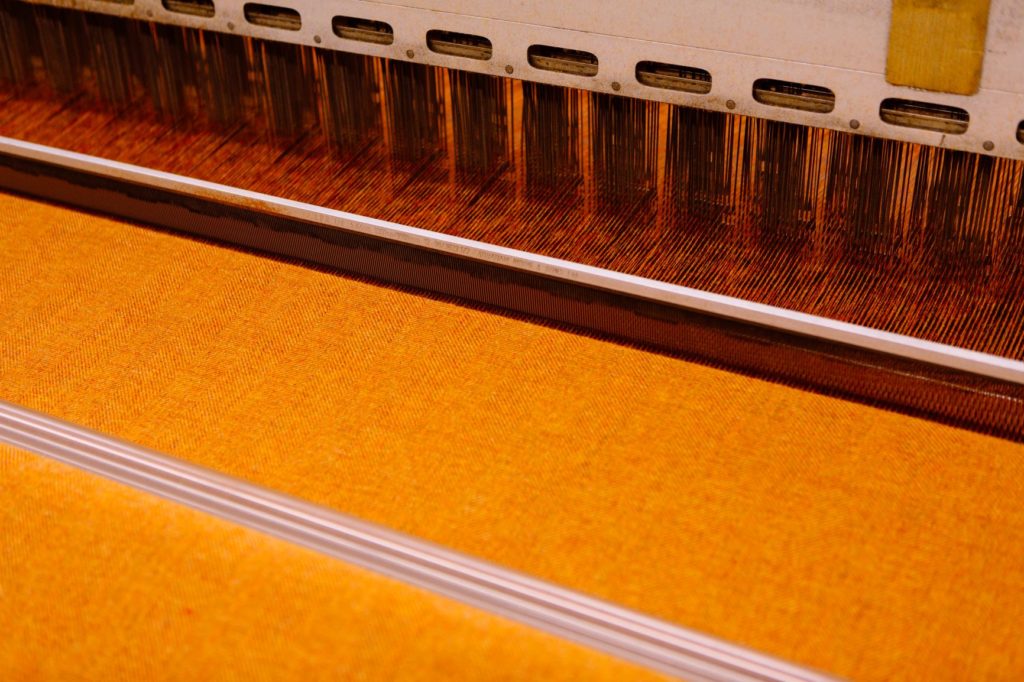Changing How We Learn About Colour
“There are three key facts about colour that we are all taught from starting school,” says Professor Stephen Westland.
“We’re told that red, yellow and blue are primary colours; that they can’t be produced by mixing other colours; and that all other colours can be made by mixing them.
“None of that is true.”
As Professor of Colour Science and Technology at the University of Leeds, Stephen has been dispelling common misconceptions about colour for decades. Because it is such a complex topic, he says, it is difficult to teach until students reach university – and often until postgraduate level.
“I think of colour as a post-disciplinary topic. It straddles art and design, chemistry, physics, maths and really requires a broad range of knowledge to understand,” he says.

“But students often have to unlearn much of what they have been taught before they can start to appreciate that breadth.”
Worldwide, colour specialists have identified similar challenges in how the topic is taught throughout different education systems. So much so that the International Colour Association (AIC) and Inter-Society Colour Council have joined forces on a new initiative to expand young people’s understanding of colour from an early age.

Colour Literacy is a global project developing accessible and affordable educational resources for students from ages 5-18.
Drawing on the expertise of researchers across academic disciplines, it will provide state-of-the-art information and promote experiential learning as a means of getting to grips with colour, encouraging an understanding of colour as a topic at the interface between arts and science.
Stephen is a member of the project’s Steering Committee, having spent the last two years meeting colleagues with specialisms in painting, architecture, chemistry and even astronomy to develop well-rounded teaching modules. For him, improving our understanding of colour is a vital first step to equip communities for innovation.
Fashion is one of the sectors most obviously impacted by colour and Stephen is supporting research and development with a variety of industry partners. He is leading Future Fashion Factory’s data-driven design research, combining his expertise in colour and imaging with advanced data analytics, machine learning and artificial intelligence (AI) to develop tools to support creative designers.
Dr Qianqian Pan, who is working with Stephen as part of this Core Research Theme, spoke to WTIN last year about Colourpedia. The online resource analyses colour trend data from websites and generates a palette of colours that users associate with a specific word, giving fashion designers valuable insight when selecting colours for their next collection.
This type of research would be almost impossible without a good understanding of colour as well as the technology.

“As long as you’re carrying on with business as usual, it may not matter that you work under so many false assumptions,” Stephen explains, “But the challenge comes when something goes wrong, or when you’re trying to do something new. Innovative solutions depend on that fuller understanding.”
“That’s why we really want to change the status quo in colour education. In fashion, it impacts everything from dyeing and finishing to image analysis and communication.”
For more information on the Colour Literacy project or to find out how you can get involved, go to ColourLiteracy.org.
